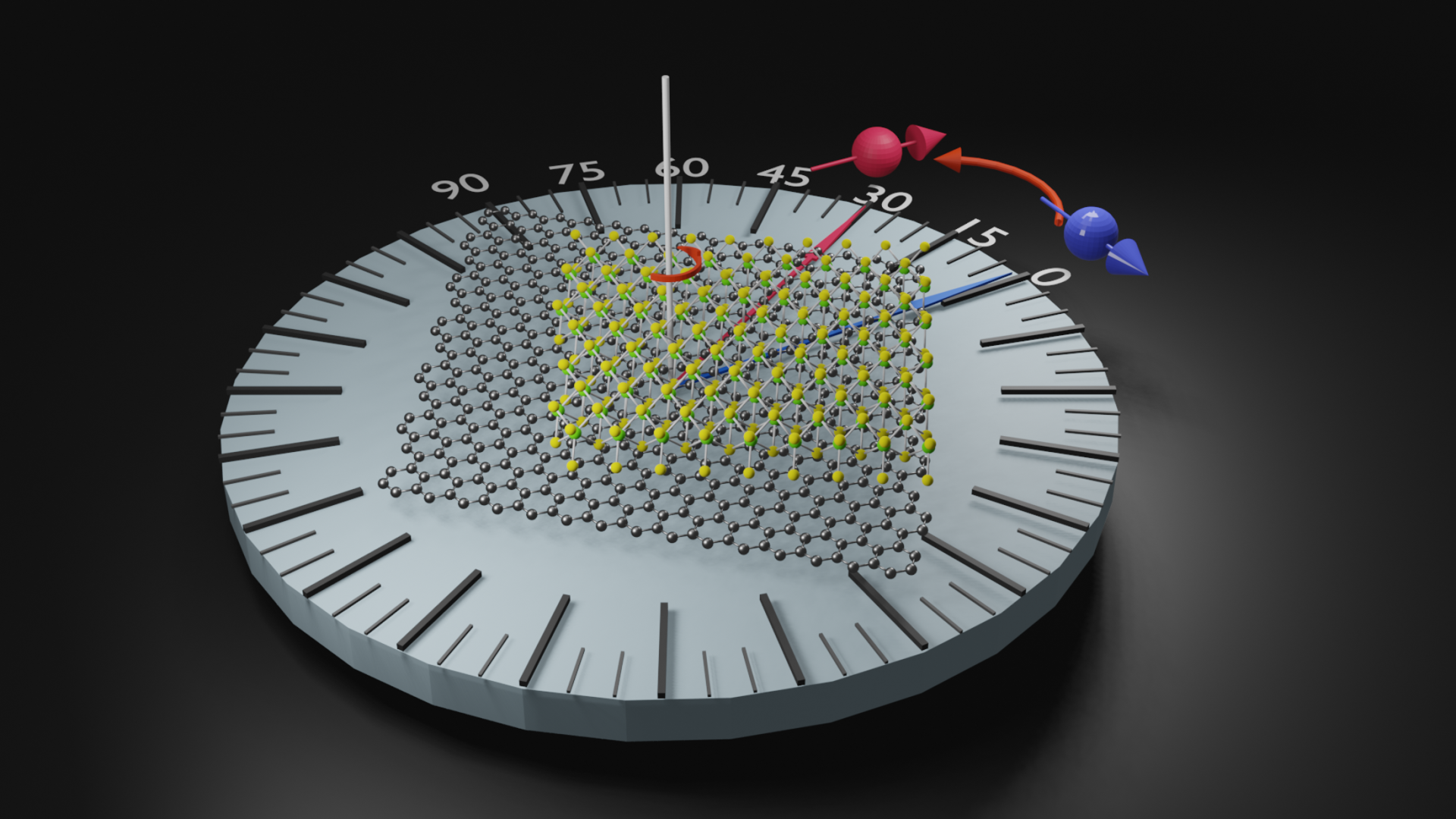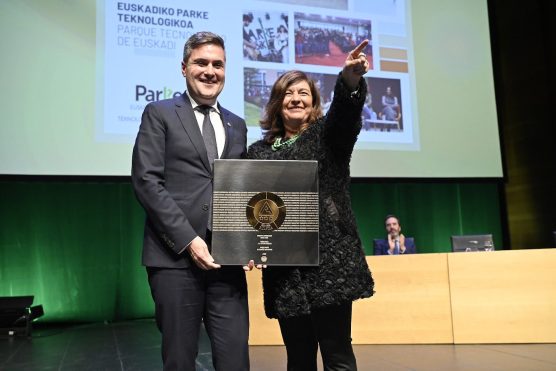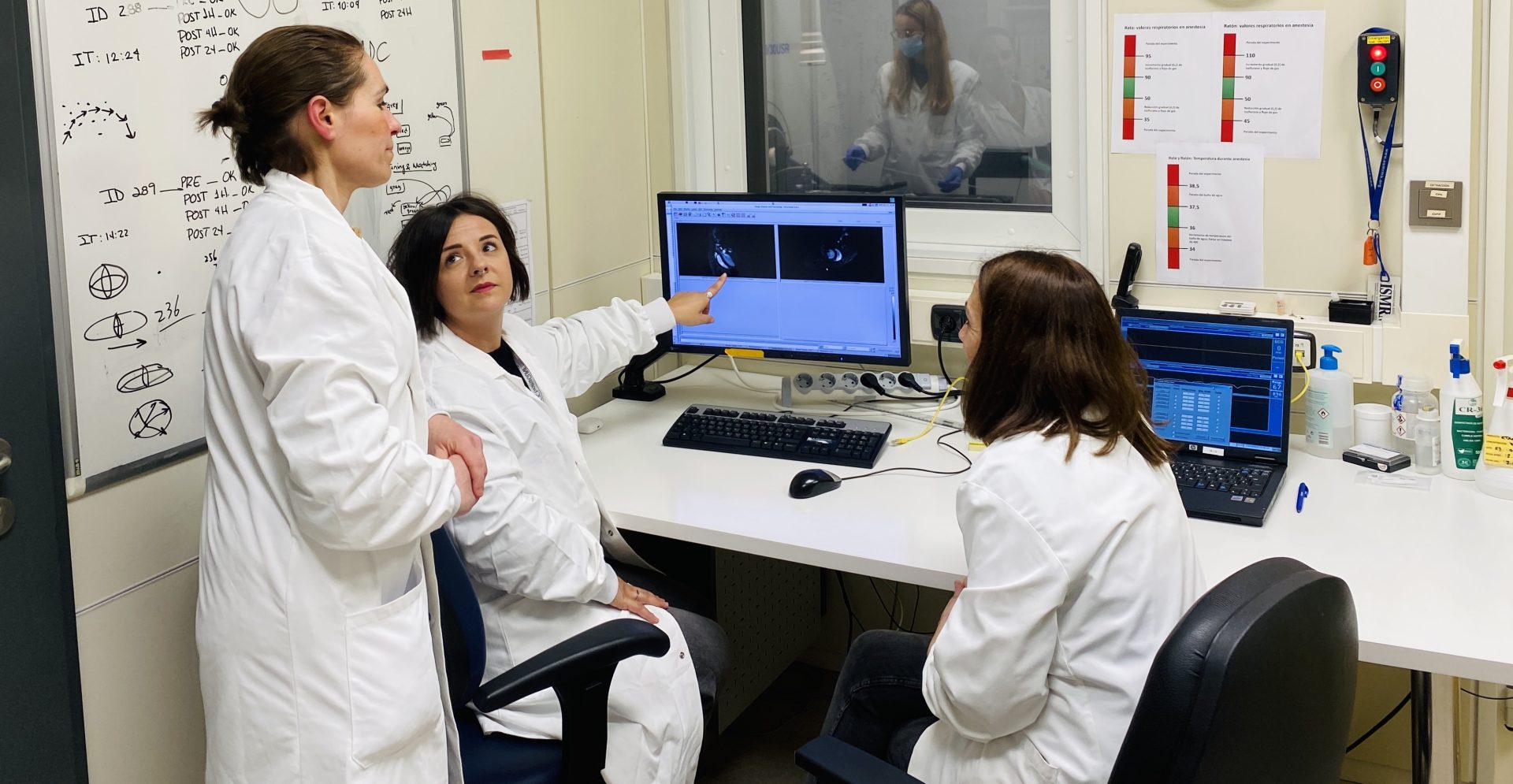Unprecedented spin properties revealed in new artificial materials

CIC nanoGUNE’s Nanodevices group discovers that a ‘magic’ twist gives emerging spintronic properties to certain materials
The work published in the journal Nature Materials opens up new avenues for the development of new devices for the electronics of the future
The Nanodevices group at CIC nanoGUNE, together with research staff from Charles University in Prague and the CFM centre (CSIC-UPV/EHU) in San Sebastian, has designed a new complex material with emerging properties in the field of spintronics. This discovery, published in the journal Nature Materials, opens up a range of new possibilities for the development of new, more efficient and advanced electronic devices, such as those that integrate magnetic memories in processors.
The discovery of two-dimensional materials, with unique characteristics, has triggered a boom in research into these materials as new effects are produced when two layers of these materials are stacked together to form a heterostructure. Recently, it has been observed that tiny rotations of these layers can significantly change the properties of this heterostructure.
‘In this work we have studied the stacking of two layers of graphene and tungsten selenide (WSe2),’ explains Ikerbasque researcher Fèlix Casanova, co-leader of the Nanodevices group at nanoGUNE, who has led this work. ‘If you put the two layers on top of each other and rotate them at a precise angle, a spin current is generated in a specific direction that we want,’ adds Fèlix Casanova.
Normally, spin (one of the properties of electrons and other particles) is usually transferred in a direction perpendicular to the electric current.Manipulating these spin currents is one of the main limitations of spintronics – electronics that uses spin to store, manipulate and transfer information.
However, ‘this work shows that in reality this limitation disappears when the right materials are used,’ says Fèlix Casanova.
The researcher concludes that ‘with a simple stacking of two layers and a “magic” twist, new spin-related properties can be designed and obtained that do not exist in the starting materials’. ‘The more flexibility we have in the choice of materials, the greater the design possibilities for next-generation devices.




